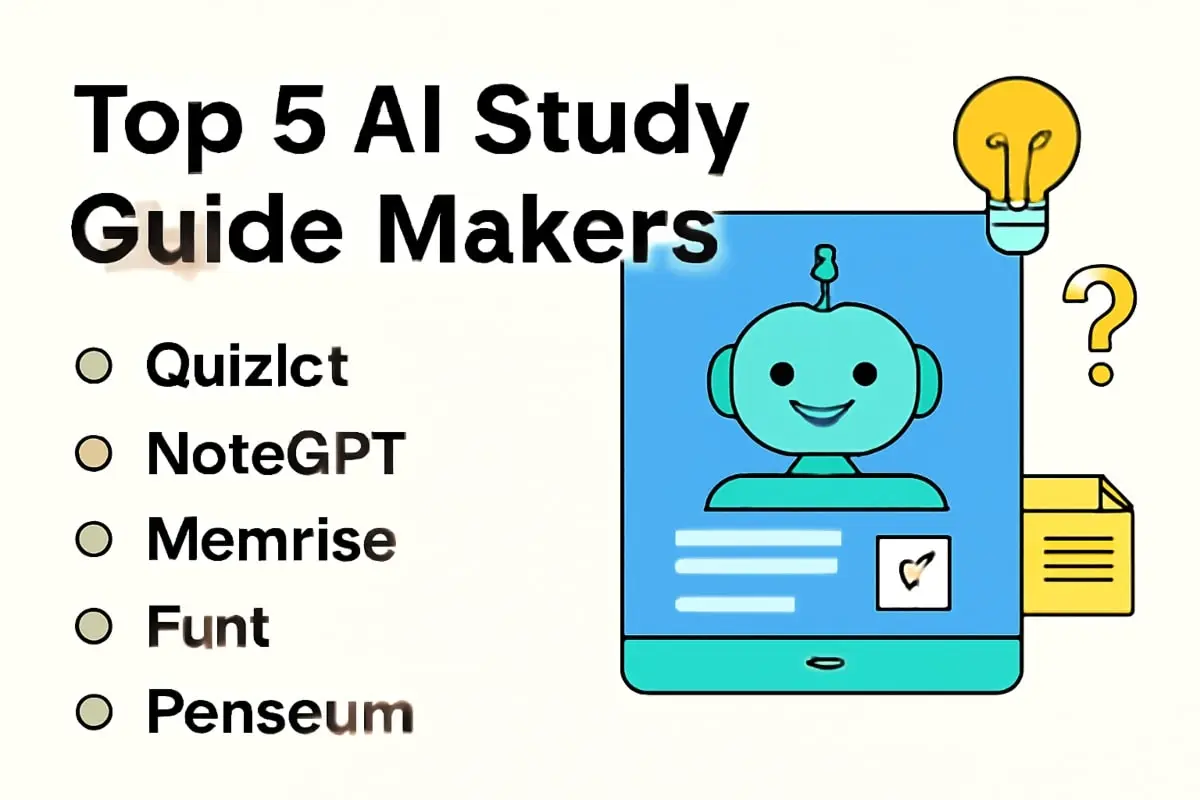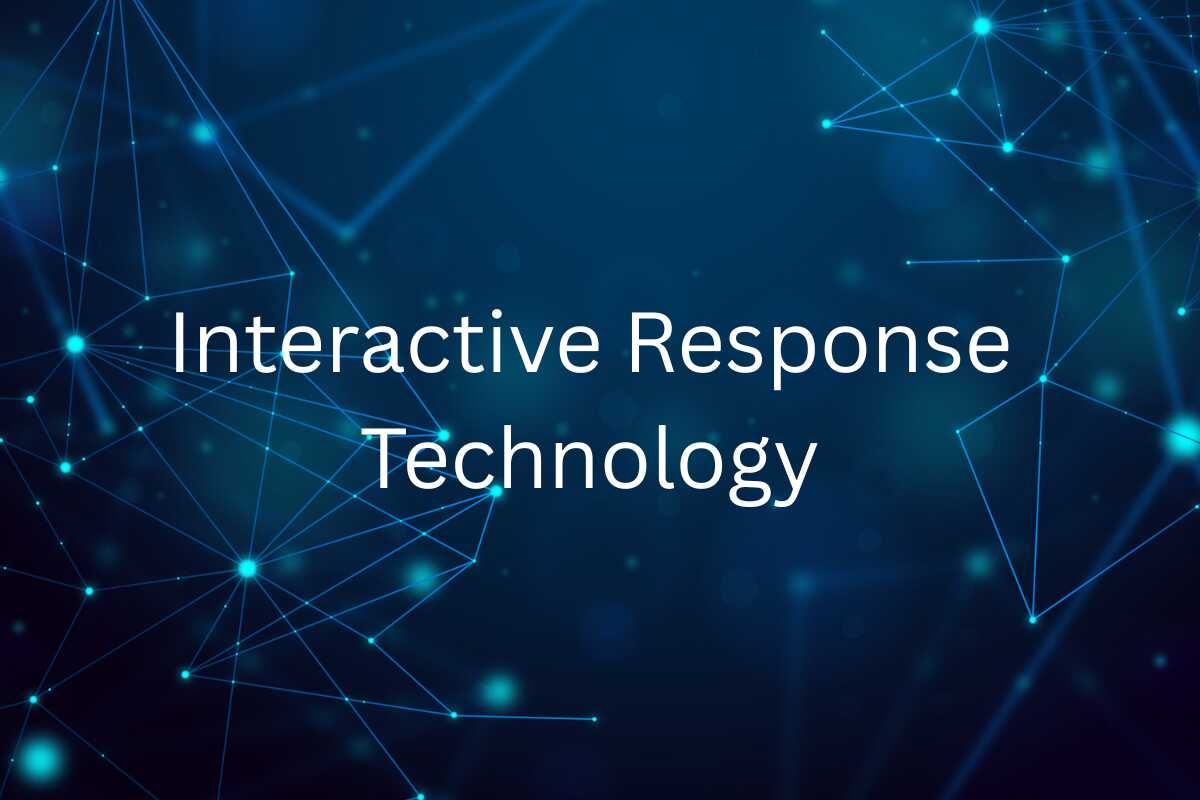Artificial Intelligence (AI) is revolutionizing industries worldwide, enhancing everything from healthcare to entertainment. However, to fully harness AI’s potential, it’s essential to understand the AI technology stack, which is a structured framework of layers that collaborate to create, deploy, and optimize intelligent systems. This guide will break down the AI technology stack, explain each layer’s purpose, and explore how these layers interact to drive AI solutions.
What is the AI Technology Stack?
The AI technology stack is a comprehensive framework encompassing all the tools, technologies, and processes required to develop AI solutions. Every layer in the stack serves a distinct function, enhancing AI applications’ overall efficiency and usability. Understanding this stack is critical for data scientists, engineers, and business leaders aiming to leverage AI effectively.
Exploring the Layers of the AI Technology Stack
 Exploring the AI technology stack reveals a complex yet cohesive system. Each layer plays a vital role in developing and deploying AI systems. Let’s break down the four primary layers:
Exploring the AI technology stack reveals a complex yet cohesive system. Each layer plays a vital role in developing and deploying AI systems. Let’s break down the four primary layers:
1. Data Layer
The Data Layer serves as the backbone of the AI technology stack. It involves data collection, storage, and preparation critical steps for training AI models.
- Data Sources: AI relies on massive datasets, including sensors, social media, customer interactions, and historical records.
- Data Storage Solutions: Data warehouses, cloud storage, and data lakes help manage and organize vast datasets.
- Data Processing and Cleaning: This step involves transforming raw data into a usable format through data cleansing, normalization, and feature engineering. Proper data preprocessing enhances model performance and reliability.
Pro Tip: Tools like Apache Spark, Hadoop, and AWS S3 are popular for efficiently handling extensive datasets.
2. Model Layer
The Model Layer is where AI models are built, trained, and refined. It’s the heart of AI development.
- Machine Learning Algorithms: Decision trees, neural networks, support vector machines, and ensemble methods are commonly used to identify patterns and make predictions.
- Frameworks and Libraries: Tools like TensorFlow, PyTorch, and Keras provide the infrastructure for developing AI models.
- Model Training involves feeding data into algorithms, adjusting parameters, and validating models to ensure accuracy and reliability.
Pro Tip: For deep learning, PyTorch is often preferred for research, while TensorFlow is favored for production-level deployment.
3. Infrastructure Layer
The Infrastructure Layer provides the computational power necessary to support AI workloads.
- Hardware Resources: High-performance GPUs, TPUs, and cloud computing platforms offer the processing capabilities needed for large-scale AI tasks.
- Resource Management Tools: Software like Kubernetes and Docker orchestrate model deployment, ensuring scalability and resilience.
- Deployment Pipelines: Automated systems facilitate continuous integration and delivery of AI models into production.
Pro Tip: Cloud providers like AWS, Google Cloud, and Microsoft Azure offer robust AI infrastructure solutions that streamline deployment.
4. Application Layer
The Application Layer is where AI meets end-users, turning complex models into user-friendly applications.
- User Interfaces (UI): Creating intuitive interfaces allows consumers to interact with AI-powered services seamlessly.
- API Integrations: Linking AI models to other systems through APIs enables seamless data exchange and functionality.
- Continuous Improvement: Feedback loops and monitoring systems gather user insights, allowing developers to refine AI models over time.
Pro Tip: Implementing A/B testing during deployment helps optimize AI models based on user interactions.
Why Understanding the AI Technology Stack Matters
Understanding the AI technology stack is essential for anyone looking to implement AI effectively. Whether you’re a data scientist, engineer, or business leader, knowing how each layer functions empowers you to:
- Make informed decisions about AI tools and technologies.
- Optimize development processes for efficiency.
- Ensure AI solutions align with organizational goals.
- Address challenges like data quality, model performance, and deployment scalability.
Common Challenges in the AI Technology Stack
- Data Quality: Poor data quality can hinder model accuracy and reliability.
- Scalability Issues: Ensuring that infrastructure can handle growth is critical for long-term success.
- Model Maintenance: Regularly update and refine models to keep them relevant and effective.
Conclusion
The AI technology stack is a structured framework that underpins AI development and deployment. Each layer plays a critical role in crafting successful AI solutions, from data management to user-facing applications. By thoroughly understanding the AI technology stack, you can unlock AI’s full potential, enhancing innovation, efficiency, and competitive advantage. Are you ready to dive into the world of AI? Start exploring tools and frameworks today to master the AI technology stack!














